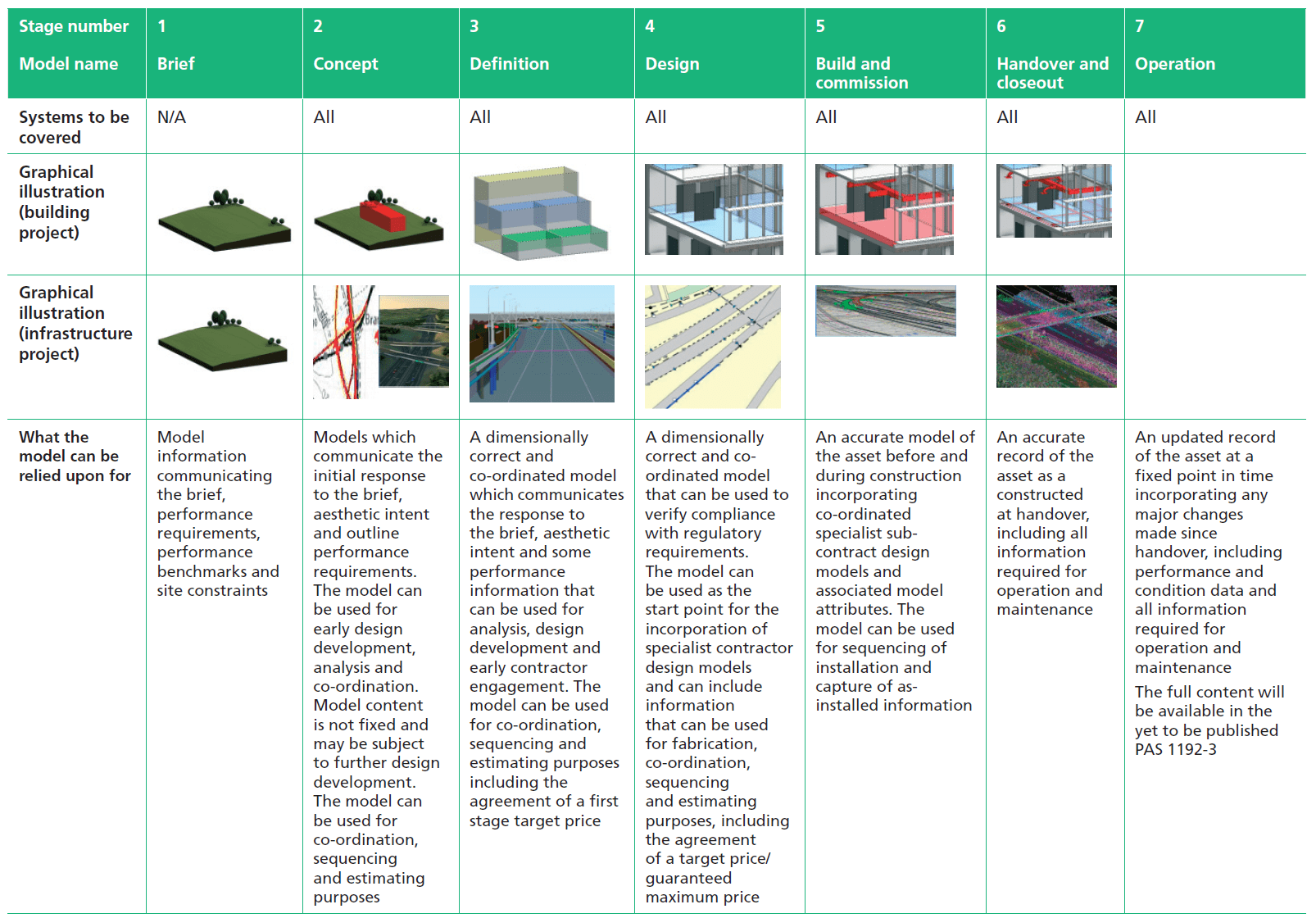Levels of Definition Explained
- Youtube Views 27,698 VIDEO VIEWS
Video hosted by Tom Payne.
WHEN creating an information model as part of the BIM process, you wouldn’t expect to have all your data collated right from day one of a project… would you? In this short video, we explain how Levels of Definition clarify the amounts of data that need to be available at each stage of a project.
A building information model contains both graphical and non-graphical information, accurately linked and clearly structured. As stages progress and proposals develop, the graphical and non-graphical data builds in a shared digital space, known as a Common Data Environment (CDE). The different amounts of data are termed Levels of Definition.
The amount of non-graphical information developed for a given stage is termed “Level of Information” or LOI and the amount of graphical information developed is termed “Level of Detail” or LOD. Both form part of the overall umbrella term; “Level of Definition”.
"You wouldn’t expect to have all your data collated from day one"
The British Standard guidance document PAS 1192-2 details the typical requirements for each Level of Definition over a project’s lifecycle. These align with the project work stages. It explains what the information model can be relied upon for at each stage – such as co-ordination activities, logistics planning, programming, cost-planning – the expected outputs, and the required detail within the 3D representations.
It’s important that the expected minimum levels of definition for each work stage are made clear from the outset of a project before you start in the BIM Execution Plan (BIM EP) and Master Information Delivery Plan (MIDP), as indicated within the Information Delivery Cycle diagram in PAS 1192-2. That will ensure that the right data is available, to the right people, at the right time to support decision making.

Part of the Levels of Definition table from PAS 1192-2. © 2013 The British Standards Institution.
At project delivery stage, those decisions might include budget sign-offs, design approvals, planning submissions or the issuing of completion certificates. The key decision points are indicated by the red symbols along the bottom of the Information Delivery Cycle diagram.
"It’s important that the expected minimum levels of definition for each work stage are made clear from the outset"
You can learn more about Levels of Definition in PAS 1192-2, which is available as a free download from the British Standards Institution here: http://shop.bsigroup.com/forms/pass/pas-1192-2. This video contains an extract of PAS 1192-2: 2013, © 2013 The British Standards Institution, © 2013 Mervyn Richards OBE and © 2013 Mark Bew MBE. Model imagery courtesy of InteliBuild.
This video was kindly sponsored by 4Projects. Find out more about them here.
We welcome you sharing our content to inspire others, but please be nice and play by our rules: http://www.TheB1M.com/Guidelines-for-Sharing




